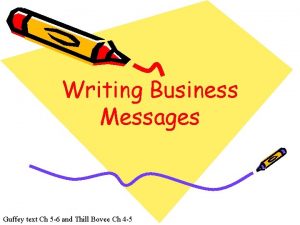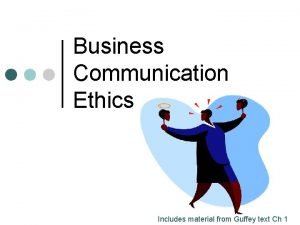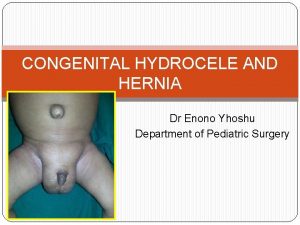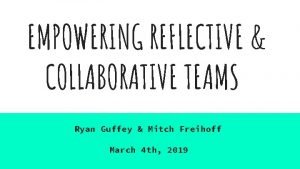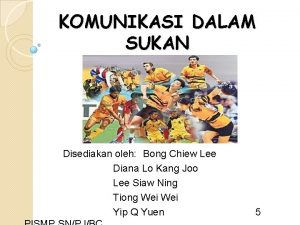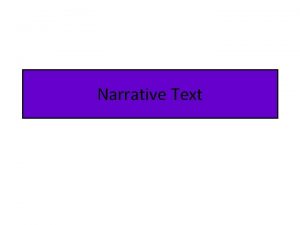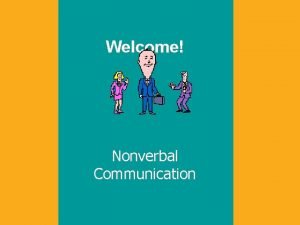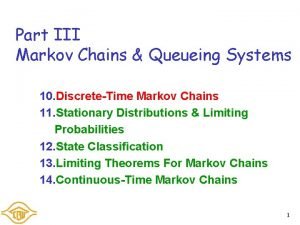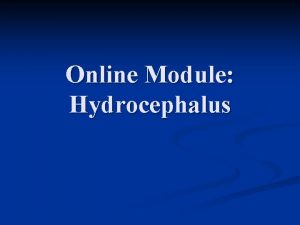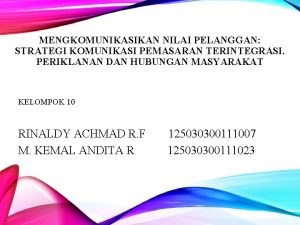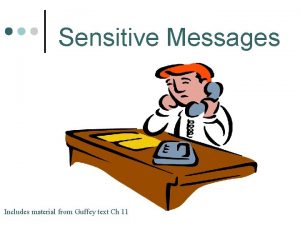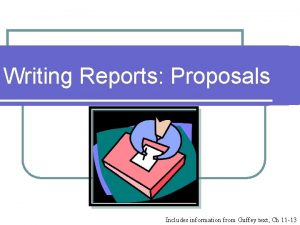Communicating at Work Includes material from Guffey Text
















- Slides: 16

Communicating at Work Includes material from Guffey Text Chapter 1

Communication is: The process of sending and receiving messages.

Critical Thinking n n Why should your strive to improve your communication skills? Why is it difficult to do? Recall a time when you experienced a communication problem. What were the causes of the problem? What were possible remedies?

Activity n Following verbal instructions

The Communication Process Basic Model 1. Sender has idea 2. Sender encodes idea in message 3. Message travels over channel 4. Receiver decodes message 40 -60% Loss of Meaning Between Step 1 and 4

Miscommunication Example

The Communication Process Basic Model 5. Feedback travels to sender 1. Sender has idea 2. Sender encodes idea in message 3. Message travels over channel 4. Receiver decodes message

Feedback: 4 Horsemen of the Apocalypse of Communication n n Rationalizing/Defensiveness Criticizing/Attacking sender Contemptuousness/Sarcasm Silent treatment/Stonewalling Source: Gottman 7 Principles for Making Marriage Work

Relationships and Communication n n Naming/validating feelings Apologize Refocus on common goals RELATIONSHIP RESPECT n Relationship required for communication to occur 4 -horsemen undermine foundation of relationships (trust/respect) Focus on de-escalating TRUST n

The Communication Process Basic Model 5. Feedback travels to sender 1. Sender has idea 2. Sender encodes idea in message 3. Message travels over channel 6. Possible additional feedback to receiver 4. Receiver decodes message

Barriers to Interpersonal Communication n n Bypassing Differing frames of reference Lack of language skills Lack of listening skills

More Barriers to Interpersonal Communication n Emotional interference Physical distractions Competition for power, status, rewards

Organizational Communication Barriers n n Closed culture Top-heavy structure Many layers (long lines of communication) Lack of trust (fear of reprisal)

Which organizational communication barriers contributed to this message distortion:

Overcoming Barriers n n n Realize communication is imperfect Adapt message to receiver Choose effective channel(s) Improve language and listening skills Question assumptions/ preconceptions Plan for feedback

 Guffey text
Guffey text Guffey text
Guffey text Processus vaginalis
Processus vaginalis Ryan guffey
Ryan guffey Guffey and almonte 2010
Guffey and almonte 2010 Making connections images
Making connections images What is the narrative text?
What is the narrative text? Gd&t symbols
Gd&t symbols Material usage variance formula
Material usage variance formula Forms of pop culture
Forms of pop culture The knowledge language values customs and material objects
The knowledge language values customs and material objects Material and non material culture examples
Material and non material culture examples Example of useful materials
Example of useful materials What is communication without words
What is communication without words Embedded markov chain
Embedded markov chain Communicating hydrocephalus
Communicating hydrocephalus Communicating value
Communicating value
